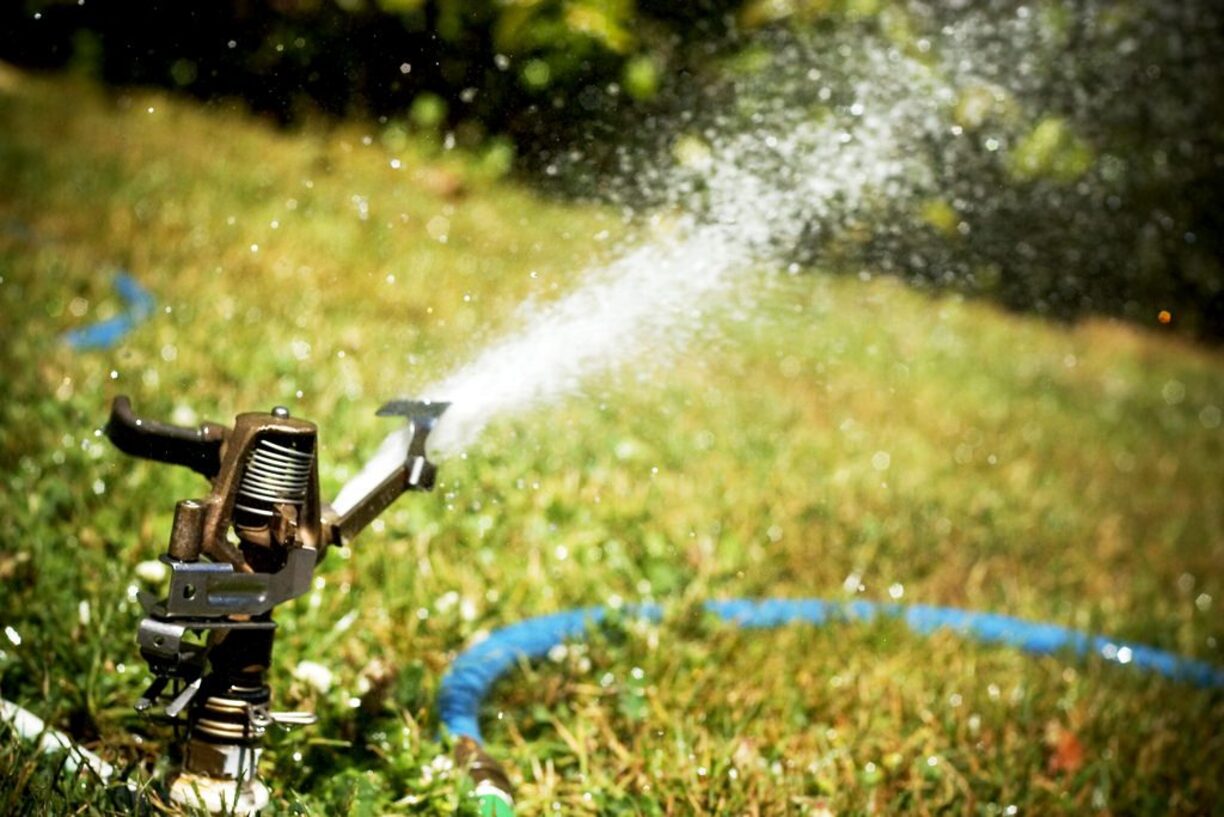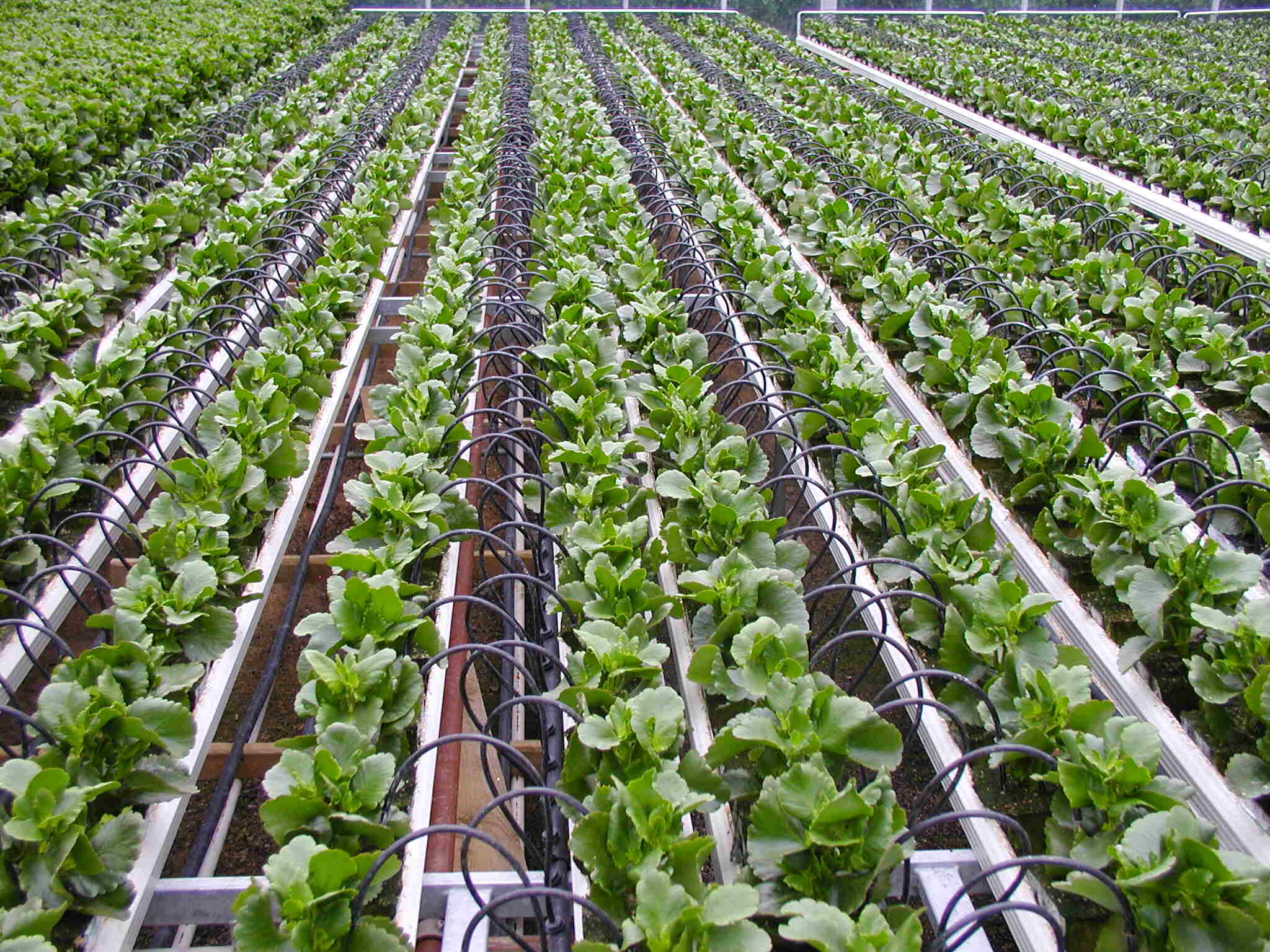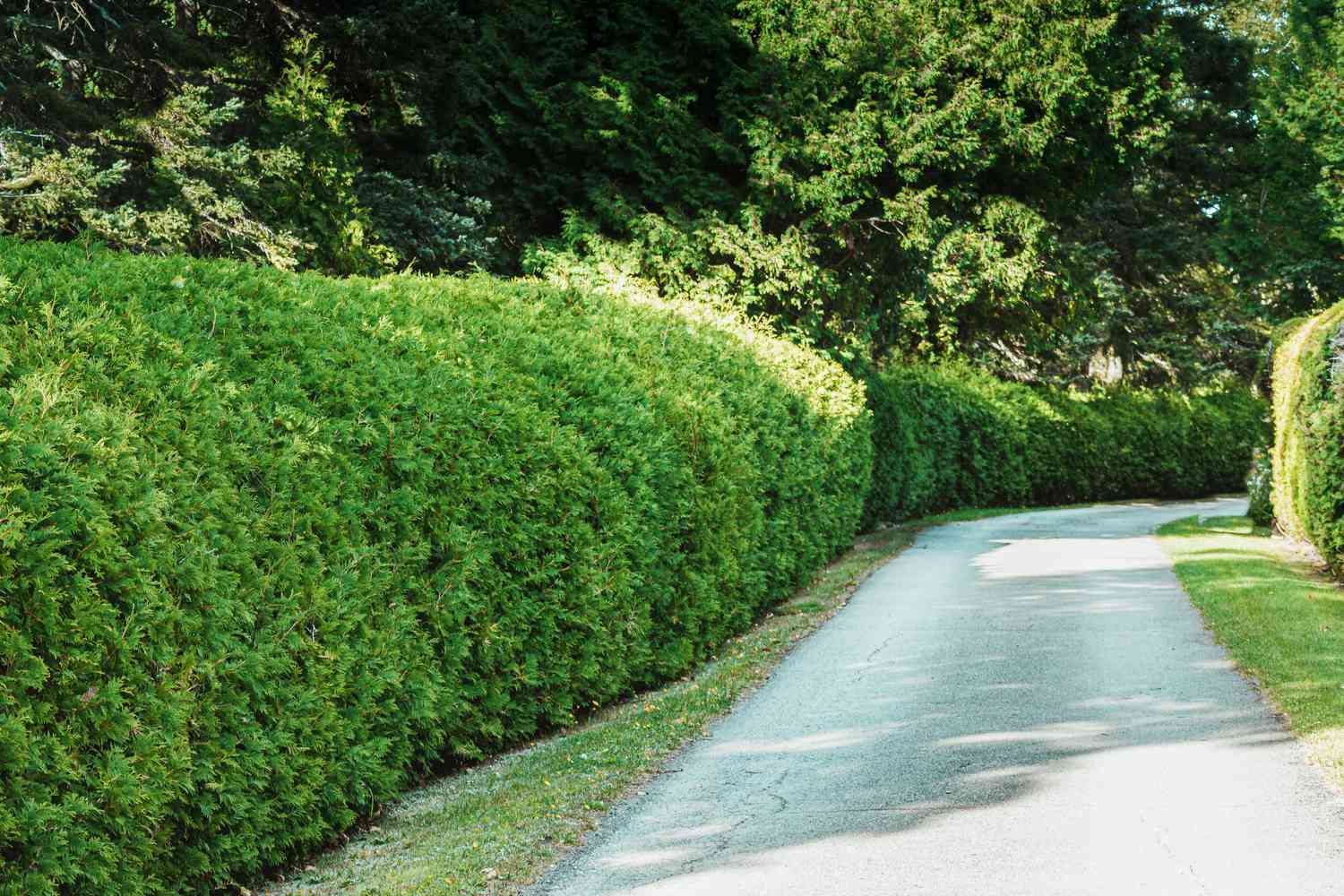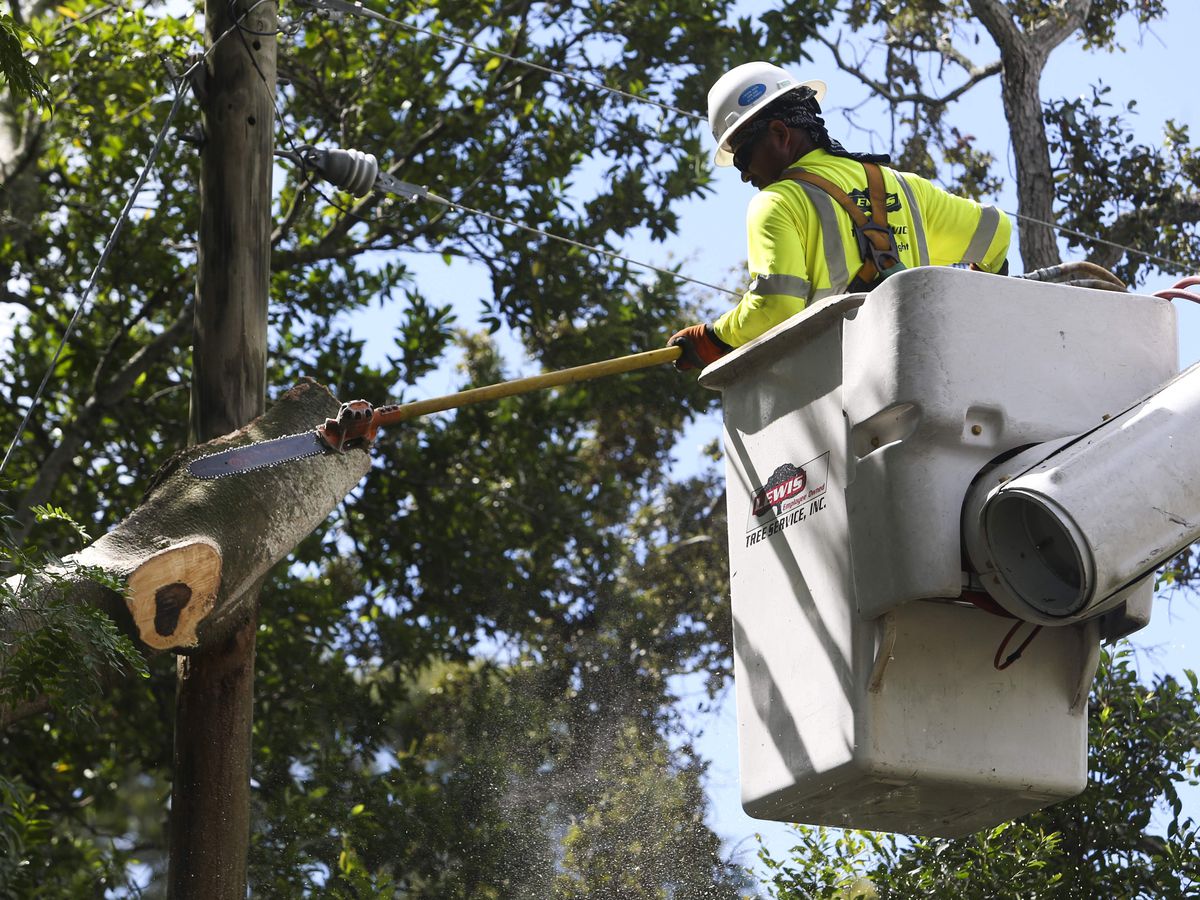Home>Gardening Tips and Tricks>Problem Solving>How To Locate Irrigation Lines


Problem Solving
How To Locate Irrigation Lines
Modified: January 22, 2024
Learn how to locate irrigation lines effectively and efficiently with our problem-solving techniques. Find and fix leaks and clogs with ease.
(Many of the links in this article redirect to a specific reviewed product. Your purchase of these products through affiliate links helps to generate commission for Chicagolandgardening.com, at no extra cost. Learn more)
Table of Contents
- Introduction
- Step 1: Gather the necessary tools and materials
- Step 2: Identify the main water supply
- Step 3: Locate the irrigation control valve
- Step 4: Trace the irrigation lines
- Step 5: Use a metal detector to find hidden lines
- Step 6: Use a probe rod to pinpoint the exact location
- Step 7: Mark the location of the irrigation lines
- Step 8: Take precautionary measures before digging
- Conclusion
Introduction
When it comes to maintaining and repairing irrigation systems, one of the most crucial steps is locating the irrigation lines. Whether you need to repair a leak, install new sprinklers, or make adjustments to the system, it is essential to know the precise location of the irrigation lines buried underground. However, finding these lines can be a challenging task, especially if they are not clearly marked or have become obscured over time.
Fortunately, with the right tools and techniques, you can successfully locate irrigation lines on your property. In this article, we will guide you through the step-by-step process of locating irrigation lines, from identifying the main water supply to pinpointing the exact location of the lines using specialized tools. By following these steps, you can save time, effort, and potential damage by accurately locating the irrigation lines before starting any maintenance or repair work.
Before we dive into the details, it’s important to note that safety should always be your top priority. Before starting any excavation work, make sure you have checked for any electrical or utility lines in the area and follow all necessary safety precautions. Additionally, if you are unsure or uncomfortable with any step of the process, it is best to consult a professional irrigation technician.
Step 1: Gather the necessary tools and materials
Before you begin locating irrigation lines, it’s essential to gather the necessary tools and materials to ensure a smooth and efficient process.
Here are some tools and materials you will need:
- A shovel or a trowel: These tools will be used for digging and exposing the irrigation lines.
- A metal detector: This tool will help you detect buried metal objects, including the irrigation lines.
- A probe rod: A probe rod is a long, slender rod used to pinpoint the exact location of the irrigation lines once they are detected.
- A measuring tape or a ruler: These tools will be handy for measuring the distance between different points along the irrigation lines.
- A marker or spray paint: You will need these materials to mark the location of the irrigation lines once they are found.
- Pipe locators (optional): If your irrigation system uses PVC pipes, you may also consider using a pipe locator. This device can detect the electromagnetic signals emitted by the pipes, making it easier to locate them.
Having these tools and materials on hand will ensure that you are well-prepared for the task at hand, allowing you to complete the process more efficiently.
Additionally, it is a good idea to have a copy of your property’s irrigation system layout or schematic, if available. This document can provide valuable insight into the general layout of the irrigation lines, giving you a starting point for your search.
Once you have gathered all the necessary tools and materials, you are ready to move on to the next step: identifying the main water supply.
Step 2: Identify the main water supply
Before you can locate the irrigation lines, you need to first identify the main water supply that feeds into your irrigation system. This is usually the point where water enters your property.
To identify the main water supply, follow these steps:
- Locate the water meter: The water meter is typically located near the street or in a utility box on your property. It is usually housed in a small concrete or plastic box with a metal or plastic cover. Use a screwdriver or a similar tool to lift the cover and expose the water meter.
- Turn off the water supply: Once you have located the water meter, you will see a valve on both sides of the meter. Turn off the valve on the house side of the meter by turning it clockwise. This will shut off the water supply to your irrigation system.
- Verify the water supply is turned off: To ensure that the water supply is indeed turned off, check the water meter. If the meter stops moving and the dial hand is not spinning, it means the water supply is successfully shut off.
Identifying the main water supply is an important step as it allows you to isolate the irrigation lines from the rest of the plumbing system. This way, you can focus specifically on locating the irrigation lines without interference from other water lines in your property.
Once you have successfully identified and turned off the main water supply, you can proceed to the next step: locating the irrigation control valve.
Step 3: Locate the irrigation control valve
After identifying the main water supply, the next step is to locate the irrigation control valve. This valve is responsible for controlling the flow of water to the irrigation lines, and finding it will provide a starting point for tracing the lines.
Follow these steps to locate the irrigation control valve:
- Check near the main water supply: The irrigation control valve is often located near the main water supply, either above ground or in a valve box. Look for a box or enclosure in close proximity to the water meter or where the main water line enters your property. It may be labeled or marked as the irrigation control valve.
- Inspect the valve box: If you find a valve box, carefully remove the lid to reveal the contents. Inside, you should see one or more valves. The irrigation control valve is typically larger than other valves and may have a different color or design.
- Identify the irrigation control valve: Once you have located the valves in the box, identify the one that controls the irrigation system. This valve may be labeled or marked as the irrigation control valve. If it is not labeled, you can also identify it by its position in the valve box or by consulting your irrigation system layout or schematic.
If the irrigation control valve is not located near the main water supply, it may be installed in a separate valve box along the irrigation lines. In this case, follow the irrigation lines away from the main water supply until you come across a valve box.
Locating the irrigation control valve will provide a reference point for tracing the irrigation lines. Once you have found the valve, you can proceed to the next step: tracing the irrigation lines.
Step 4: Trace the irrigation lines
Once you have located the irrigation control valve, the next step is to trace the irrigation lines to determine their path and whereabouts. Tracing the lines will give you a better understanding of their layout and help you identify any potential obstacles or areas where the lines may have been damaged.
Here’s how you can trace the irrigation lines:
- Follow the visible lines: Start by visually inspecting the area around the irrigation control valve and look for any visible irrigation lines. These lines are typically made of PVC or polyethylene and can be recognized by their distinct white or black color. Follow the lines as far as you can, noting any turns or branches along the way.
- Use a probe rod: If the irrigation lines are not easily visible or if they go underground, you can use a probe rod to trace their path. Insert the probe rod into the ground near the irrigation control valve and push it down gently. As you move the probe rod around, you will feel resistance or a change in the ground’s texture when it encounters the irrigation lines. Follow the resistance or change in texture to trace the lines.
- Consult the irrigation system layout: If you have a copy of your property’s irrigation system layout or schematic, refer to it to get a general idea of the layout and path of the irrigation lines. While not always 100% accurate, the layout can provide valuable guidance and help you navigate the lines more efficiently.
During the tracing process, take note of any obstacles such as trees, plants, or structures that the lines may pass under. This information will be useful later when marking the location of the lines.
By tracing the irrigation lines, you will gain a clearer picture of their path and be better prepared for the next step: using a metal detector to find hidden lines.
Step 5: Use a metal detector to find hidden lines
As you continue to locate irrigation lines, you may come across sections that are buried underground and not easily visible. To find these hidden lines, a metal detector can be a valuable tool to assist you in your search. Metal detectors work by detecting the presence of metal objects, including the irrigation lines, beneath the surface.
Follow these steps to use a metal detector to find hidden irrigation lines:
- Choose a metal detector: There are various types and models of metal detectors available, so choose one that is suitable for your needs. Look for a metal detector specifically designed for locating buried objects, with adjustable sensitivity and a display that indicates the presence of metal.
- Adjust the sensitivity: Before you begin using the metal detector, adjust the sensitivity settings to a level that allows you to detect the irrigation lines without picking up too much interference from other metal objects in the vicinity.
- Calibrate the metal detector: Follow the manufacturer’s instructions to calibrate the metal detector properly. This step ensures accurate detection and helps you distinguish the irrigation lines from other metal objects.
- Scan the area: Slowly move the metal detector over the ground in the area where you suspect the irrigation lines are buried. Pay attention to any signals or indications on the display that suggest the presence of buried metal objects. If you detect a strong signal consistently along a straight line or in a specific area, it is likely that you have found the irrigation line.
- Repeat the process: Continue scanning the area, moving in different directions, and overlapping your scans to ensure thorough coverage. This will help you confirm the location and path of the irrigation lines and identify any sections where multiple lines may be present.
Using a metal detector can greatly assist you in finding hidden irrigation lines that are otherwise not easily visible. However, keep in mind that the accuracy of the metal detector may be affected by factors such as soil composition, depth of burial, and the presence of other metal objects in the vicinity.
Once you have successfully detected the hidden irrigation lines, you can move on to the next step: using a probe rod to pinpoint the exact location.
Step 6: Use a probe rod to pinpoint the exact location
Now that you have located the irrigation lines using a metal detector, it’s time to pinpoint their exact location with precision. This is where a probe rod comes in handy. A probe rod allows you to accurately mark the position of the buried irrigation lines, making it easier for future reference or any necessary digging.
Follow these steps to use a probe rod to pinpoint the exact location of the irrigation lines:
- Choose a suitable probe rod: Look for a long, slender rod that is sturdy yet flexible. A steel or fiberglass probe rod is ideal for this purpose.
- Start near the visible line: If you have previously traced part of the irrigation line and it becomes buried underground, begin the probing near the last visible section. This will help you establish a starting point.
- Insert the probe rod into the ground: With a firm yet gentle motion, insert the probe rod into the ground a few inches away from the visible line. Push it down slowly, feeling for any resistance or obstruction that indicates the presence of the buried irrigation line.
- Follow the line’s path: Once you encounter resistance or a change in ground texture, carefully trace the path of the irrigation line by following the resistance or change. Move the probe rod along the line, gently pushing it deeper into the ground as you progress.
- Mark the line’s location: As you trace the irrigation line with the probe rod, use a marker or spray paint to mark the exact location of the line on the ground’s surface. Create clear and visible markings along the entire length of the line to ensure accurate reference.
- Repeat the process if needed: If there are multiple irrigation lines in the area, repeat the probing process for each line to determine its precise location and mark it accordingly.
Using a probe rod allows you to pinpoint the exact location of the buried irrigation lines, ensuring that you have a clear reference point when it comes to future maintenance, repairs, or digging in the area.
Once you have successfully marked the locations of the irrigation lines, you can move on to the next step: marking the location of the lines.
Step 7: Mark the location of the irrigation lines
After using a probe rod to pinpoint the exact location of the irrigation lines, it’s crucial to mark their positions on the ground’s surface. By marking the location of the lines, you create a visual reference that will help you and others easily identify and avoid damaging the irrigation system in the future.
Follow these steps to mark the location of the irrigation lines:
- Gather marking materials: Prepare markers or spray paint in a color that stands out against the ground. Consider using brightly colored flags, stakes, or visible paint that will remain visible even in different weather conditions.
- Mark the beginning and end of the lines: Start by marking the beginning and end points of each irrigation line. This will help you trace the overall path of the line and determine its boundaries.
- Mark any changes in direction: As you follow the line, use markers to indicate any changes in direction or important junctions, such as where the line branches off or connects to other components of the irrigation system.
- Space out the markers: Place additional markers at regular intervals along the line to create a visible path that accurately represents the location of the buried irrigation line.
- Clearly label the markers: Use a permanent marker or labels to provide additional information on the markers. Include details such as which irrigation zone or area the line serves, the line’s diameter or type of pipe used, or any other relevant information that will be useful for future reference.
Clear and visible markings will help to prevent accidental damage caused by digging or construction activities in the area. They will also assist in locating and repairing any issues with the irrigation system in the future.
By marking the location of the irrigation lines, you ensure that the lines are clearly identified and can be easily distinguished from other utilities or structures in the area, reducing the risk of accidental damage or disruption to the system.
With the irrigation lines properly marked, you are now ready to take precautionary measures before digging, which is covered in the next step.
Step 8: Take precautionary measures before digging
Before you start any digging or excavation work in the area where irrigation lines are located, it is crucial to take precautionary measures to ensure the safety of the system and prevent any accidental damage or disruption. These measures will help you avoid costly repairs and unnecessary inconvenience.
Follow these important precautionary measures before digging:
- Observe local regulations: Familiarize yourself with local regulations and guidelines regarding excavation work. There may be specific requirements or permits needed for digging around utility lines, including irrigation lines.
- Contact utility providers: Notify the relevant utility providers in your area, such as electricity, water, and gas companies, before you start digging. They can mark the location of their underground lines to prevent damage and ensure your safety.
- Refer to your irrigation system layout: Consult your property’s irrigation system layout or schematic to understand the overall layout of the system, including the location of valves, control boxes, and other important components. This will help you plan your digging activities accordingly.
- Use hand tools: When digging near the marked irrigation lines, consider using hand tools such as a shovel or a small trowel instead of power tools or machinery. This allows for better control and reduces the risk of accidentally hitting and damaging the lines.
- Dig with care: Take your time and dig slowly and carefully around the marked irrigation lines. Pay close attention to the markers and maintain an appropriate distance to avoid any accidental contact or damage.
- Verify the location: If there is any uncertainty about the exact location of the irrigation lines, use a probe rod or metal detector as a double-check before proceeding with digging deeper. It’s better to be safe than sorry.
- Maintain clear markings: Throughout the digging process, ensure that the markings indicating the location of the irrigation lines remain visible and intact. If needed, refresh or reposition the markers to maintain clarity.
By taking these precautionary measures, you significantly reduce the risk of damaging the irrigation system while digging. This not only prevents unnecessary expenses and inconvenience but also ensures the continued functionality and efficiency of your irrigation system.
Remember, if you are uncertain or uncomfortable with any aspect of the digging process, it is always advisable to seek professional assistance to minimize the risks and ensure a successful outcome.
Conclusion
Locating irrigation lines is a crucial step in maintaining and repairing irrigation systems. By following the step-by-step process outlined in this article, you can successfully locate buried irrigation lines with precision and accuracy.
Starting with gathering the necessary tools and materials, such as a shovel, metal detector, probe rod, and marking materials, you can confidently proceed to identify the main water supply and locate the irrigation control valve. Tracing the irrigation lines visually and using a probe rod will help you establish their path and mark their location on the ground’s surface.
In instances where the lines are buried and not easily visible, a metal detector can be used to detect their presence. By adjusting the sensitivity and calibrating the metal detector, you can accurately scan the area and locate hidden irrigation lines.
Once the lines are detected, using a probe rod allows you to pinpoint their exact location. Take the necessary precautionary measures before digging and mark the location of the lines clearly to ensure their protection and prevent any accidental damage during future excavation or construction work.
Remember, safety should always be a priority when working with irrigation systems. If you are unsure or uncomfortable with any part of the process, it is wise to consult a professional irrigation technician who can provide expert guidance and assistance.
By effectively locating irrigation lines before undertaking any maintenance or repair work, you can save time, effort, and potential damage to the system. A well-maintained irrigation system ensures the efficient distribution of water to your plants and a healthy, thriving landscape.
So, put these steps into practice and confidently locate your irrigation lines for a well-functioning and reliable irrigation system.







